11 Most Valuable Antique Furniture Makers Every Collector Should Know
Antique furniture can be both a beautiful addition to your home and a valuable investment. Many collectors seek out pieces from certain makers who are known for their superior craftsmanship. These artisans not only shaped the furniture industry but also created items that have grown in value over the years. As you venture into the world of antique collecting, it is important to recognize the makers whose work continues to stand out.
This post may contain affiliate links, which helps keep this content free. Please read our disclosure for more info.
Thomas Chippendale

Thomas Chippendale is perhaps the most famous name in English furniture making. He was known for his skill in blending different design elements into cohesive pieces, especially during the mid-18th century. Chippendale’s works were highly regarded for their intricate carvings, luxurious materials, and overall elegance. His pieces often featured elements of Rococo, Gothic, and Chinese styles, making them stand out in the furniture world.
Many of his pieces, especially his chairs and cabinets, are highly prized by collectors today. Chippendale’s designs were published in his book, The Gentleman and Cabinet-Maker’s Director, which helped establish his reputation. His furniture remains a symbol of high society in the 18th century. Rare Chippendale items, particularly those in excellent condition, can fetch enormous sums at auctions.
Jean-Henri Riesener
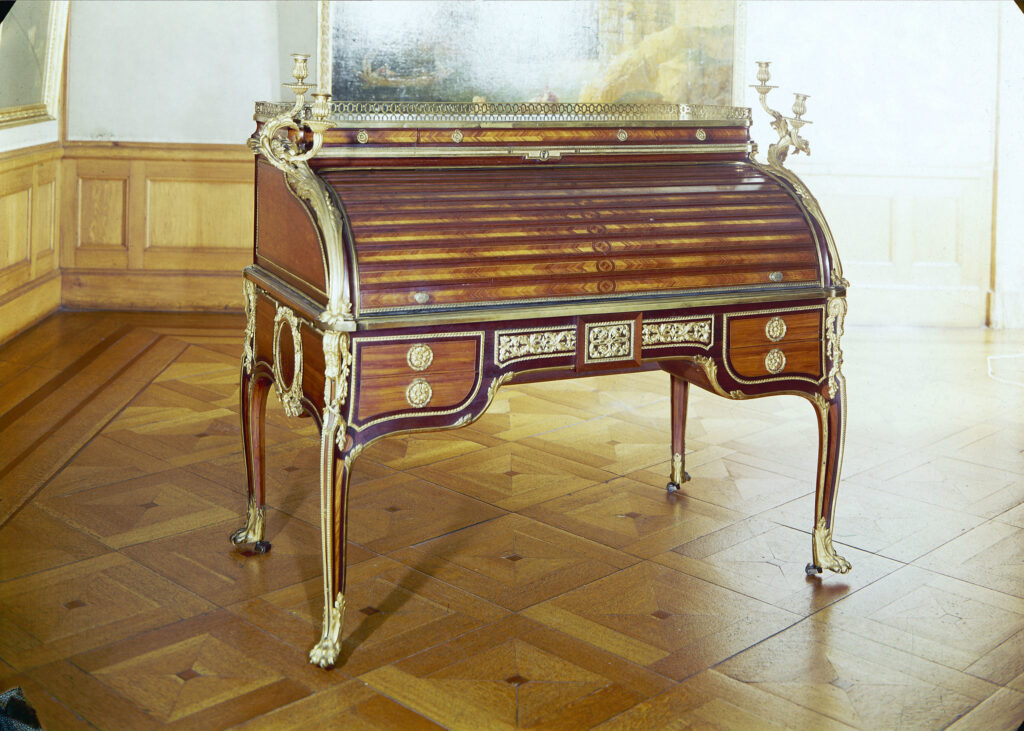
Jean-Henri Riesener was a renowned French cabinetmaker who gained fame in the late 18th century. His work is known for its refinement and luxurious use of materials such as gilded bronze and fine veneers. Riesener was appointed as the royal cabinetmaker to King Louis XVI, which significantly boosted his reputation. His intricate marquetry and craftsmanship made his pieces highly sought after by the French aristocracy.
Riesener’s furniture is notable for its perfect symmetry and elegant designs, often inspired by classical themes. Many of his works were produced for the royal court and are considered masterpieces of the Louis XVI style. Collectors prize his creations for their elegance and historical importance.
George Hepplewhite
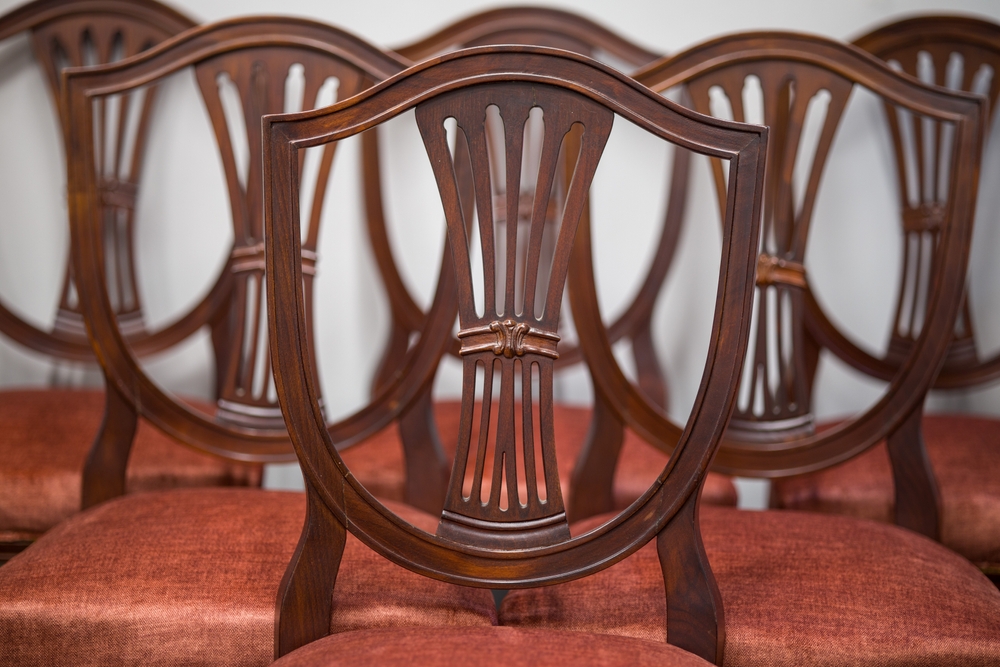
George Hepplewhite was an English furniture designer and maker in the late 18th century, known for his delicate and graceful designs. His style is considered one of the key influences on the Neoclassical movement in Britain. Hepplewhite’s furniture often featured simple, yet sophisticated lines, and was decorated with inlays and contrasting woods.
Hepplewhite’s designs were groundbreaking in their balance of simplicity and elegance. His pieces were often lighter in appearance compared to earlier, heavier styles of furniture. Although he died young, his designs have endured over the centuries. High-quality examples of his work are rare and continue to attract collectors worldwide.
Edward William Godwin
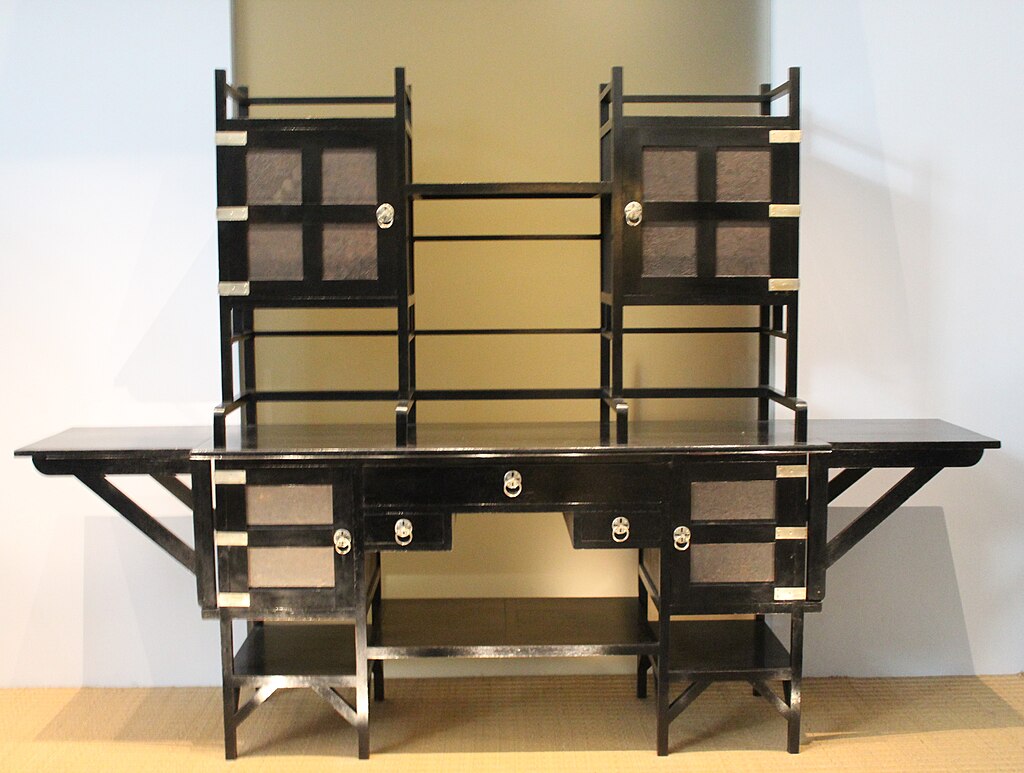
Edward William Godwin was a British designer and cabinetmaker known for his contributions to the Aesthetic Movement in the late 19th century. He was influenced by Japanese design and the Arts and Crafts movement, combining them with Western traditions. His furniture was innovative for its simplicity and emphasis on clean lines, a contrast to the ornate styles of his predecessors.
Godwin was known for his furniture designs that blended craftsmanship with aesthetic beauty. His works often featured dark wood, simple geometric forms, and delicate carvings. Many of his pieces were produced for affluent clients, and they remain highly regarded for their beauty and craftsmanship. Collectors value Godwin’s furniture for its originality and timeless appeal.
Thomas Sheraton

Thomas Sheraton was an English furniture maker and designer who helped define the Neoclassical style. He was known for his elegant and refined designs, which emphasized delicate proportions and decorative inlays. Sheraton’s work, like that of his contemporaries, was heavily influenced by the styles of ancient Greece and Rome. His pieces often featured fluted columns, straight lines, and fine veneer work.
Sheraton was a prolific designer, and his work was widely produced throughout England during the late 18th century. He published several influential books, including The Cabinet-Maker and Upholsterer’s Drawing-Book, which helped spread his designs. Today, original Sheraton pieces are considered highly valuable for their elegant simplicity. Well-preserved examples of his work can fetch impressive prices at auctions.
J.H. Belter
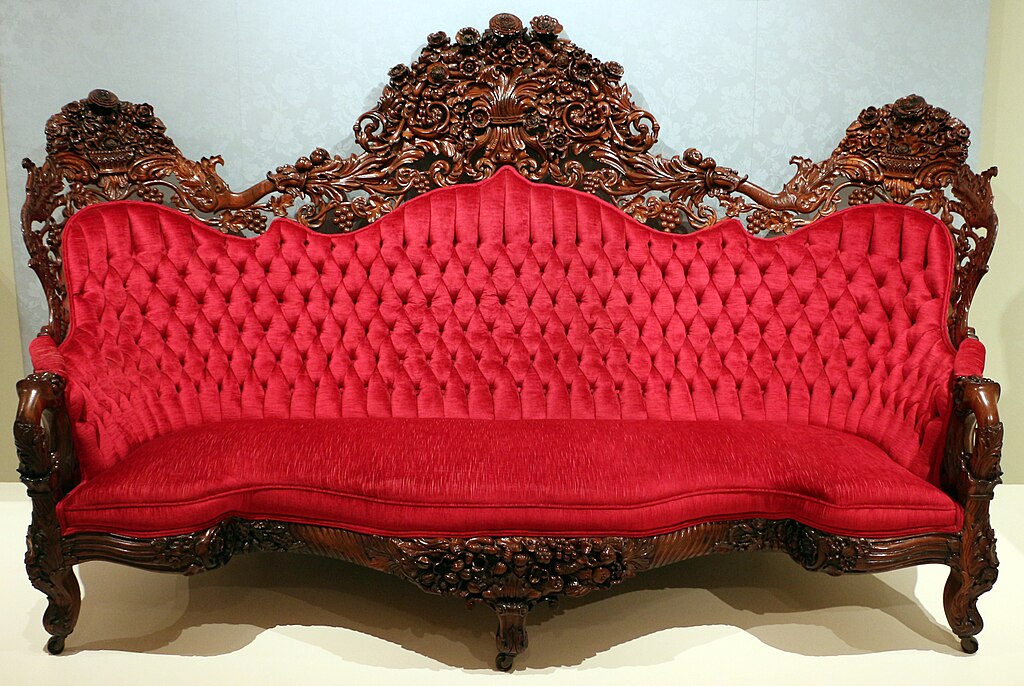
J.H. Belter was a German-born cabinetmaker who became one of the most respected furniture makers in 19th-century America. He was known for his highly decorative and intricate carved woodwork, particularly in rosewood. Belter’s furniture pieces are famous for their curvilinear forms and detailed, floral carvings.
Belter’s furniture was often made with advanced techniques, such as laminated wood, which allowed for more complex and delicate shapes. His pieces were popular among the wealthy elite, and his work was often found in high-society homes. Today, Belter’s furniture is highly collectible, with rare pieces fetching significant amounts. His creations remain a prime example of 19th-century American craftsmanship.
Charles Rennie Mackintosh
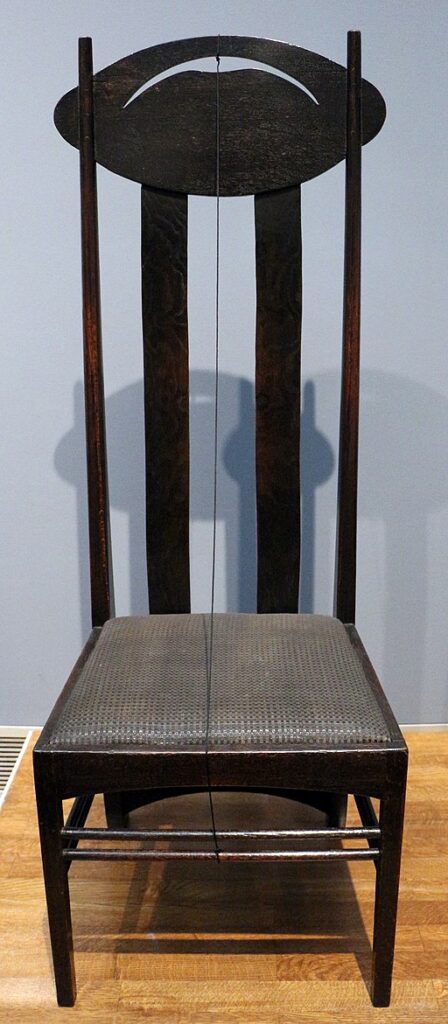
Charles Rennie Mackintosh was a Scottish architect and designer who played a key role in the Arts and Crafts movement. His work was known for its clean, geometric lines and an emphasis on functionality. Mackintosh’s furniture often combined simple shapes with elegant detailing, reflecting both modernism and traditional craftsmanship.
Mackintosh’s most famous works include his iconic high-backed chairs and beautifully crafted wooden screens. His pieces were often inspired by nature, with many featuring motifs such as flowers and vines. Collectors value Mackintosh’s work for its artistic merit and historical significance. Original pieces, especially those in excellent condition, are highly sought after and can be quite valuable.
Ludwig Mies van der Rohe

Ludwig Mies van der Rohe was a German-American architect who played a significant role in the development of modern furniture design. Known for his minimalist approach, Mies van der Rohe’s furniture often featured clean lines, simple forms, and the use of modern materials such as steel and glass. His iconic Barcelona Chair, designed in 1929, is one of the most famous examples of 20th-century modern furniture design.
Mies van der Rohe was a leader in the Bauhaus movement, and his designs are considered benchmarks in modernism. His work combined functionality with beauty, and he is known for reducing designs to their essential elements. Today, original pieces by Mies van der Rohe are considered invaluable to collectors of modernist furniture. His works continue to be highly influential in both architecture and design.
François Linke

François Linke was a French furniture maker known for his opulent and decorative designs during the late 19th and early 20th centuries. He was a prominent figure in the Louis XVI and Louis XV Revival styles, and his pieces often featured rich materials such as marble, gilded bronze, and inlaid wood. Linke’s furniture was created for the French aristocracy and was characterized by its lavish ornamentation and intricate craftsmanship.
Linke’s works are considered some of the finest examples of French luxury furniture from the Belle Époque era. His pieces were often commissioned for palaces and elite homes, and they continue to be highly sought after by collectors today. Rare examples of Linke’s furniture can command prices in the millions.
Gio Ponti
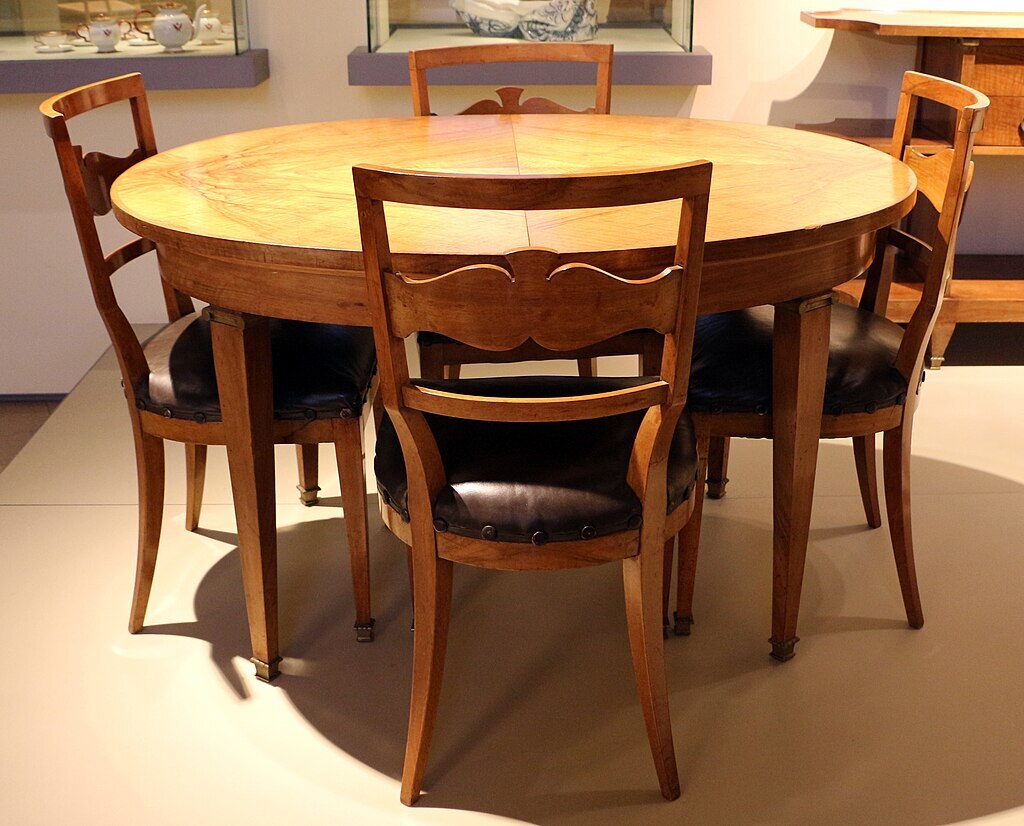
Gio Ponti was an Italian architect and designer who played a key role in the development of modern Italian furniture in the mid-20th century. Known for his clean lines, innovative materials, and Italian sensibility, Ponti’s furniture blends classic and modern design elements. His pieces are often characterized by minimalist shapes, vibrant colors, and a sense of movement, making them highly sought after by collectors of 20th-century modern furniture.
Ponti’s work was influenced by his broader architectural career, and his furniture designs often reflect his passion for integrating art, design, and function. Today, his pieces are highly valued by collectors for their creativity and innovation. Ponti’s furniture continues to be celebrated for its timeless appeal and has become a staple in modern design collections. His legacy endures in the world of high-end collectible furniture.
Duncan Phyfe

Duncan Phyfe was an American furniture maker who became synonymous with the Federal style during the early 19th century. Phyfe’s work is recognized for its elegance, simplicity, and fine craftsmanship, often incorporating elements of neoclassical design. His furniture, particularly his chairs and tables, was characterized by straight lines, tapered legs, and delicate inlays. His pieces were widely sought after during the early years of the United States.
Phyfe’s influence on American furniture design cannot be overstated. His designs have become emblematic of the Federal period and continue to be highly regarded by collectors. Well-preserved examples of Phyfe’s work can fetch significant sums at auction, particularly for rare or finely crafted items. His legacy remains one of the most important in the history of American furniture making.
This article originally appeared on Avocadu.
